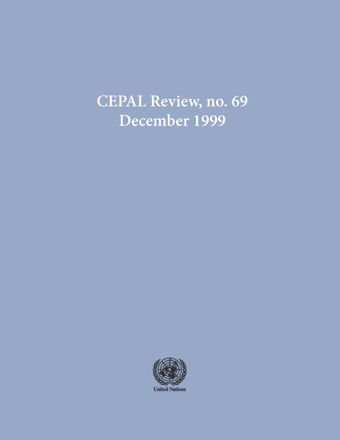-
Labour costs and competitiveness in the Latin American manufacturing sector, 1990-1998
- Source: CEPAL Review, Volume 1999, Issue 69, Dec 1999, p. 51 - 68
- Spanish
-
- 04 Dec 1999
Abstract
This article analyses the reduction of labour costs as a factor which helps to raise the competitiveness of industrial enterprises. It first reviews non-wage labour costs, both for workers with permanent contracts and those with only temporary contracts, or with no contracts at all, in order to show the differences that exist in non-wage labour costs according to the type of contract of the workers or their unregistered status, and the impact of these differences on the labour costs for each type of worker and the average labour costs. It then goes on to consider the evolution of labour costs in industry and the different levels they assume according to the deflator used, because of the changes in relative prices which accompanied the early years of the economic and trade openness process which has taken place in the region. It then analyses the evolution of labour costs in industry by type of contract and the changes in the average labour costs in the sector brought about by the dual strategy of reducing non-wage labour costs and changing the contract structure of industrial employment; describes the effect of exchange-rate lag on average labour costs and competitiveness, and calculates how the latter would have evolved if there had not been such a lag. Finally, some proposals are made for raising the competitiveness of labour in the countries of the region.





